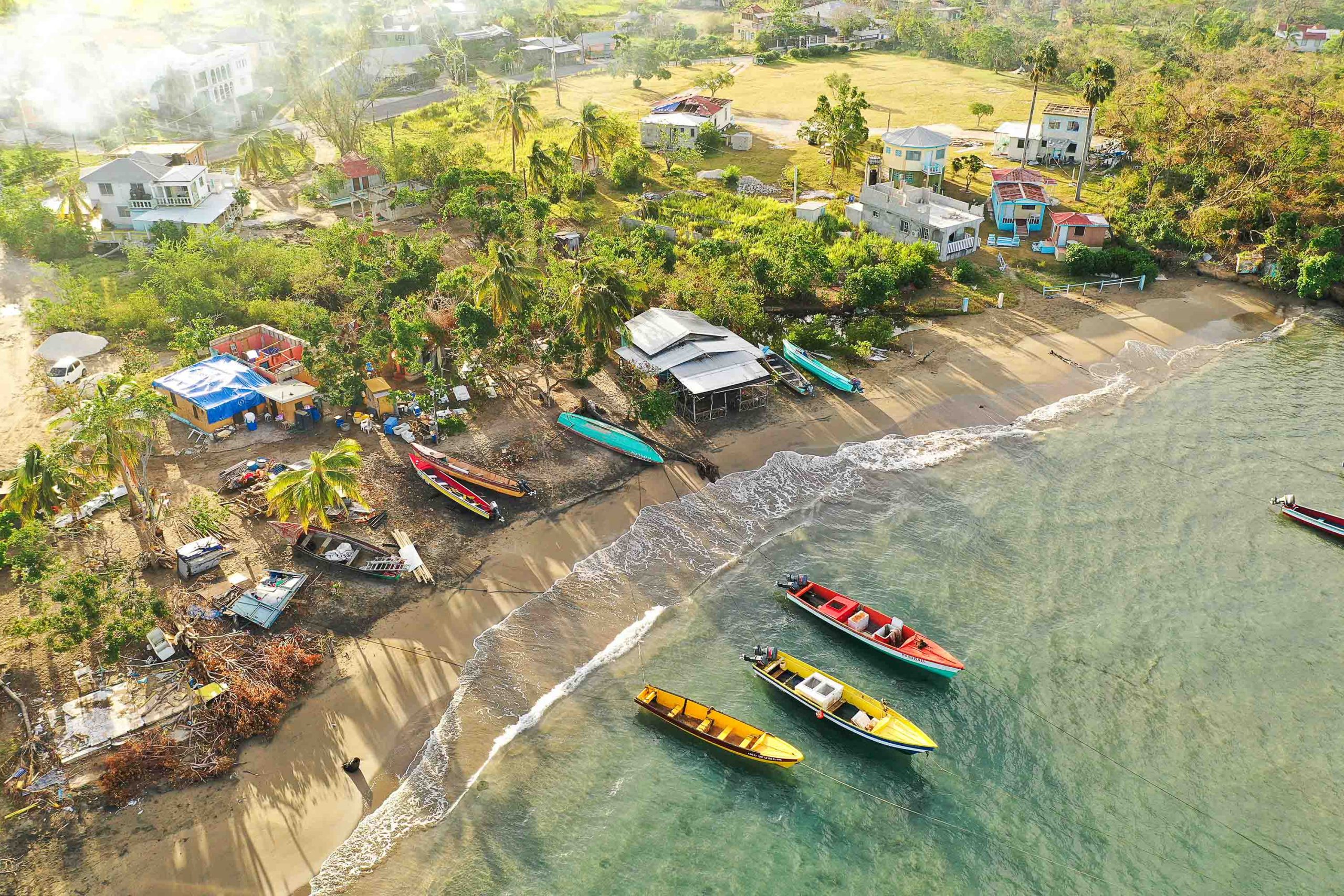When I land in Montego Bay, I’m instantly struck by what’s wrong with much of the tourism in Jamaica—almost every inch of this part of the coastline is covered by high-rise hotels. It’s a stark contrast to what I’d imagined. I’m already frustrated. Is this what we, as tourists, have done to paradise?
As I jump into my taxi for a two-and-a-half-hour drive southwest, I’m about to find the exception, Treasure Beach, perhaps, one of the island’s least developed spots.
Made up of four coves: Billy’s Bay, Frenchman’s Bay, Calabash Bay, and Great Bay, Treasure Beach is also known for its lush landscapes and cultural calendar with events such as the Calabash International Literary Festival attended by the likes of Zadie Smith, Angelina Jolie and Colson Whitehead. Even by Jamaican standards, the pace of life here is slow, in the best way possible. The people I meet say you can experience the ‘real’ Jamaica in Treasure Beach, with its laidback vibe, friendly people, fishing boats, and the occasional whiff of ganja.
But on July 3rd 2024, Treasure Beach became the place where Hurricane Beryl made her most devastating visit. Fallen trees, blocked roads, homes without roofs, power and water non-existent. When I arrive about a month later, most trees have been cleared, but destroyed homes and roadside debris still demonstrate the brute force of Mother Nature.

